Giles Price's aerial photographs show impact of Olympic venues on Rio
Rio 2016: ahead of this year's Olympic and Paralympic games, British photographer Giles Price took to the skies to capture the physical and social repercussions that stadiums and infrastructure are imposing on Rio de Janeiro (+ slideshow).
Between 2014 and 2016, Price travelled to the Brazilian city to document the preparations for the games from 1,500 feet (457 metres) – following a similar project undertaken ahead of London 2012.
His bird's-eye perspective shows the construction and development across Rio, but also highlights the social inequality and environmental impact caused by hosting the event, which begins 5 August 2016.
The image are compiled into a book titled Morar Olimpíadas, published by SeeStudio and available as a limited edition of 100 copies. He describes the project in this exclusive essay:
The images from my new book, Morar Olimpíadas, are an evolution of a similar project I made on the construction of the 2012 London Olympics. I was living in Whitechapel, east London, not far from the site, when building started in around 2007/2008.
At the time the IOC and LOCOG had put in place restrictions determining who could take pictures around the premises, and there was a high fence, so you couldn't see anything anyway. I later discovered that they couldn't patrol the airspace.
Around the same time I was approached by a local businessman, who had a factory in Hackney Wick and needed some aerial footage, so I offered to shoot for him, which I did from a helicopter. We also flew over the Olympic site as an experiment.
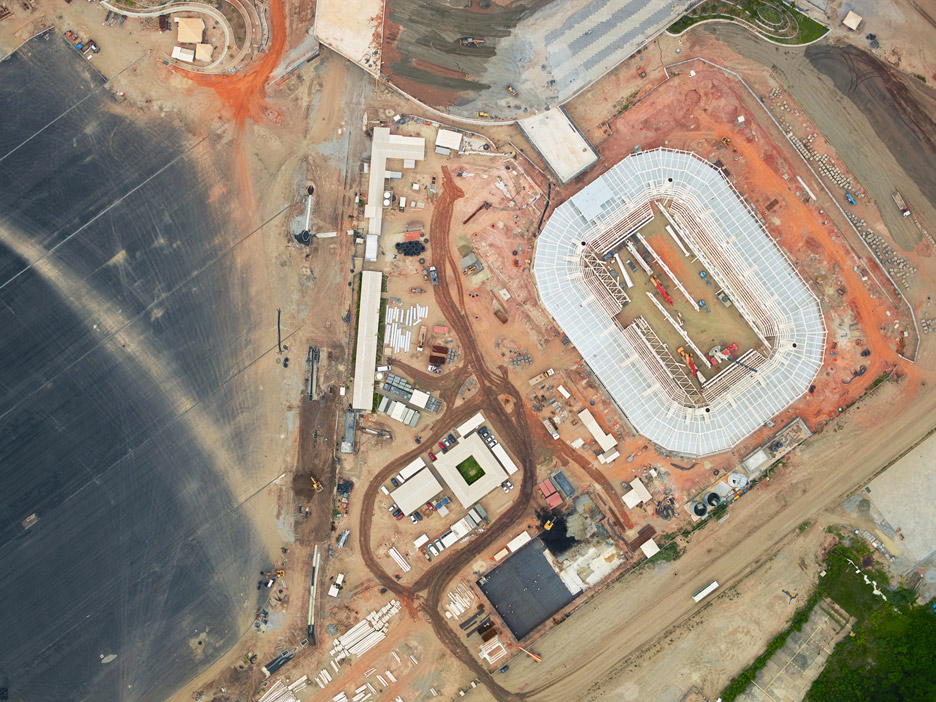
That first series of images were published in the FT Weekend magazine and were really well received, so I started to fly every six months after that to see how the place was developing.
That initial piece of work was the "reveal", as no one had actually seen what was happening inside the space. That project was a great success. I had quite a bit of coverage and presented an exhibition in London during the games.
For Rio, I was very keen to work to the same principle, but try and expose greater depths. What I discovered quickly during my first trip in 2014 was that, aside from the physical environment I was seeing, from the air, the socio-economic divisions in Rio are far more pronounced than they are in London: the affluent areas versus the vast favelas; those who have and those who have so little.
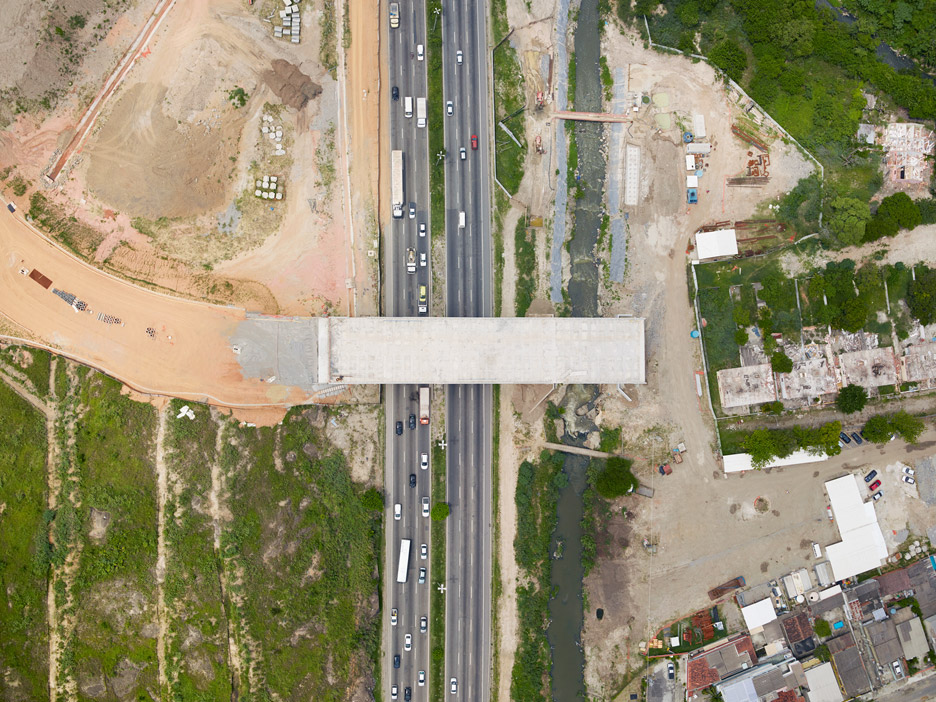
There is a culture where corruption is a lot more prevalent, embraced even, than you might find in London. That's not to say there aren't dodgy practices everywhere, it's just that in Rio they don't even try to disguise it. That too seemed evident from the air.
By the time I went back a second time in 2015, the project automatically started to take much more of a political trajectory than London, which was more of a social documentation assignment.
This body of work hopefully shows the physical transformation of the city, but also the inequality of that transformation, the winner and losers.
My most recent trip was a month ago in early July of this year. I was eager to see if the rumours of chaos, unfinished buildings, pollution issues and so on, were really accurate.
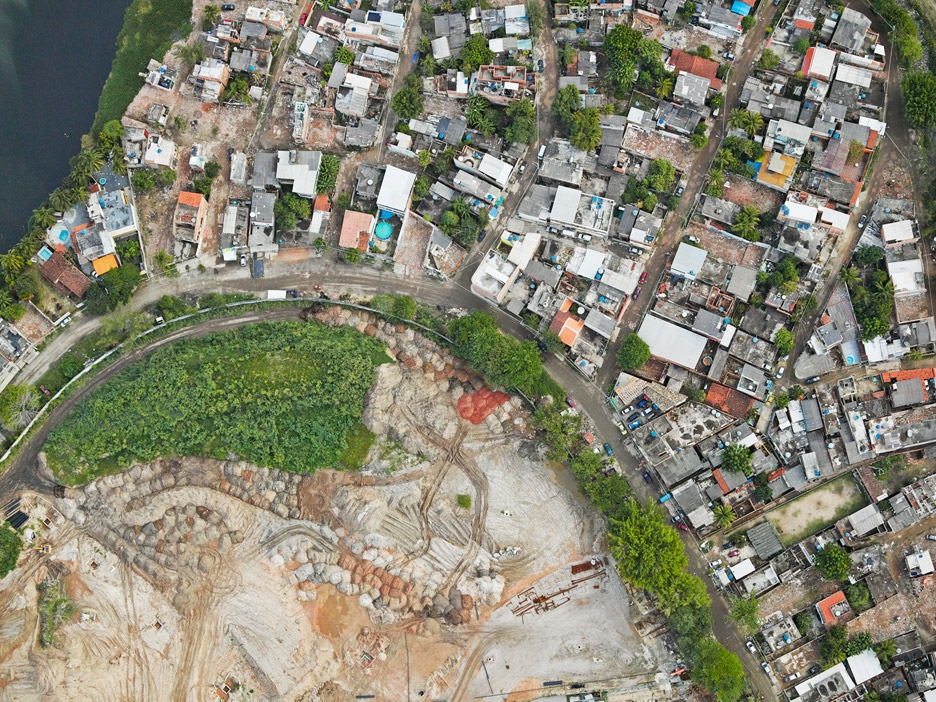
For the most part, the buildings are complete, although many of the areas surrounding the stadiums are still being finished. That wasn't much of a surprise – it's just when you can see it from the air, you realise the scale of it all.
The whole thing has led me to wonder if the Olympics are sustainable in the long-term. Who really benefits after the excitement of the event wears off? It seems like a tiny percentage of people do well out of it, but for so many others, they're left scratching their heads and thinking if that money could have been better spent elsewhere.
I think this is where you take a step back and look at the wider world. The Olympics have started to become a really big signifier for inequality.
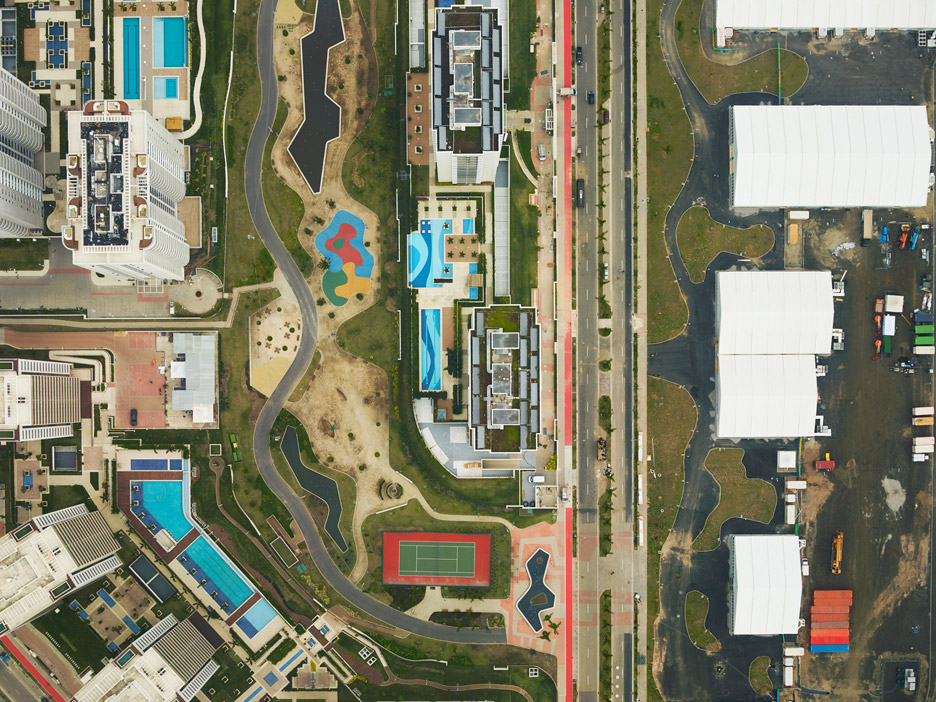
I also noticed a lot of apathy in Rio towards the Games during my final trip. Looking at the infrastructure, they think it's going to cost about $20 billion and, of that, there's about $2 billion's worth of investment that will actually benefit the locals. That doesn't really seem fair and balanced.
A good example of this is the transportation: the extension of the metro line, the BRT bus transit highways that they've built and are supposedly the legacy of the games in fact run from rich enclaves to rich enclaves. How does that help Rio's problems?
The name of my book, Morar Olimpíadas, is a play on Morar Carioca which was an Olympic pledge to bring new facilities, electricity, sanitation, roads and infrastructure into the favelas, and make these neighbourhoods part of the city. Naturally this was scrapped along the way.
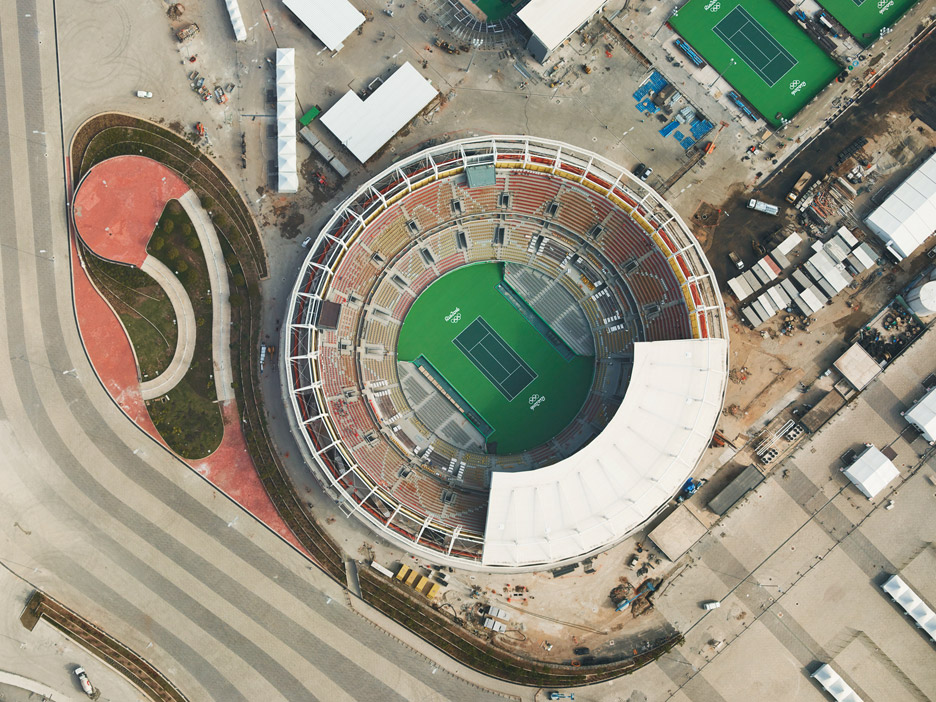
While researching my project and where I planned to shoot, I spent a lot of time using Google Earth. I looked at where the Olympic sites were situated and began to explore the areas outside the stadia, what the transport hubs looked like and then started to piece together a story of what I wanted to shoot and the story I wanted to tell.
My project is partly aesthetic and partly reportage. I'm often asked about the use of drones, which I have experimented with a little, but generally don't use. Shooting images myself from a helicopter offers me a far greater peripheral vision, to actually see everything for myself, to understand a different perspective.
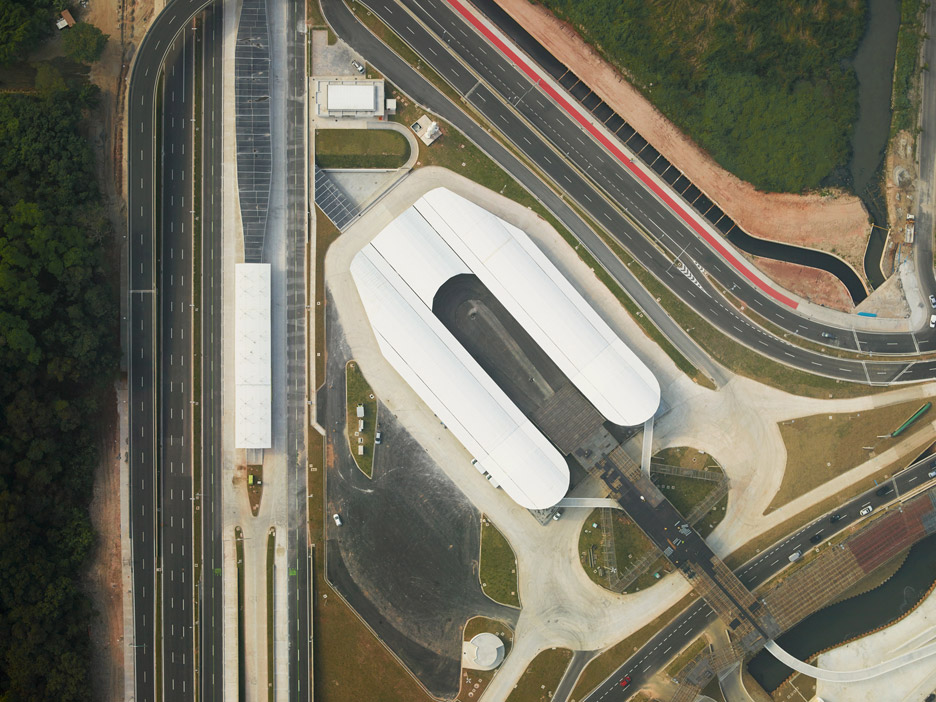
When I'm in the air I've done my homework, but, without fail, I end up taking half of my successful images by just flying around and spotting something unexpected and unplanned. I'm excited about the scale and context this gives me.
I hope to try to tell a story with a type of visual language that really means something. There's a lot of great stuff out there worth shooting, but it's actually how one can offer something a little more nuanced, create a bigger narrative and not just shoot pleasant, abstract images.